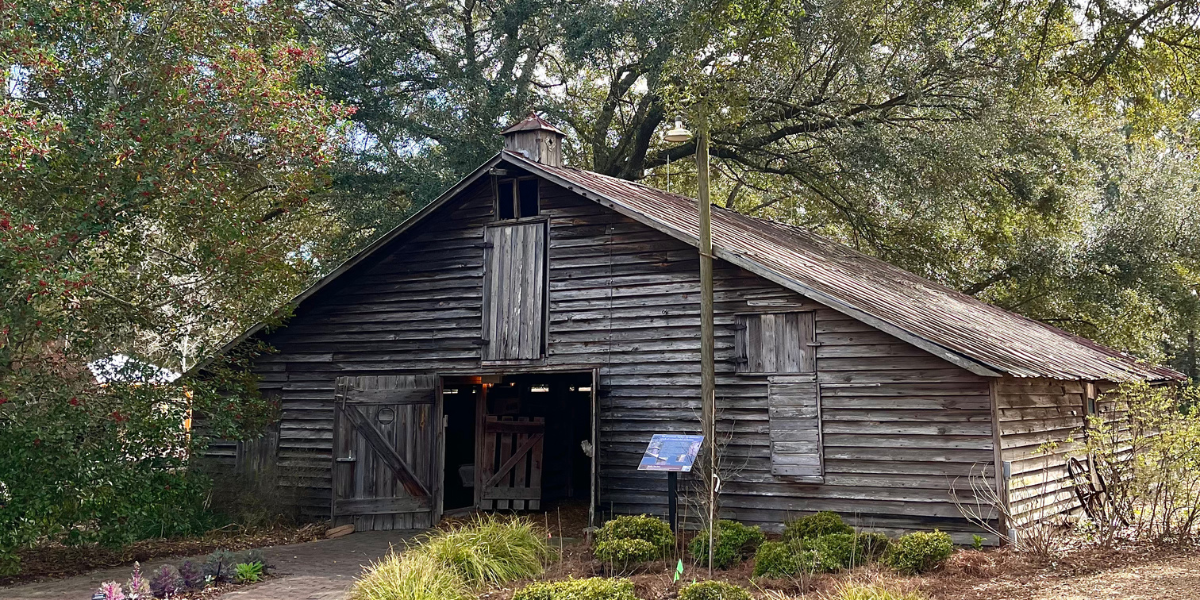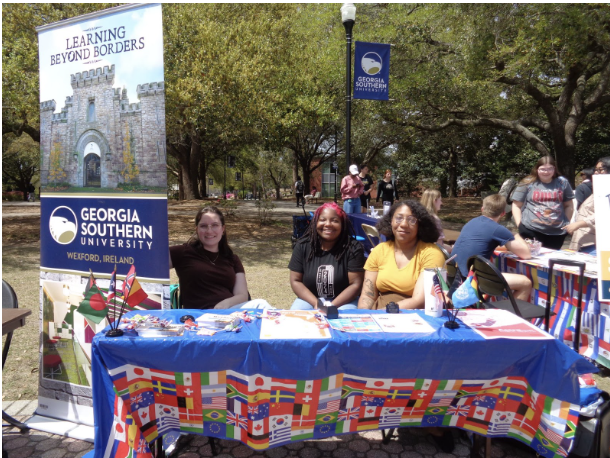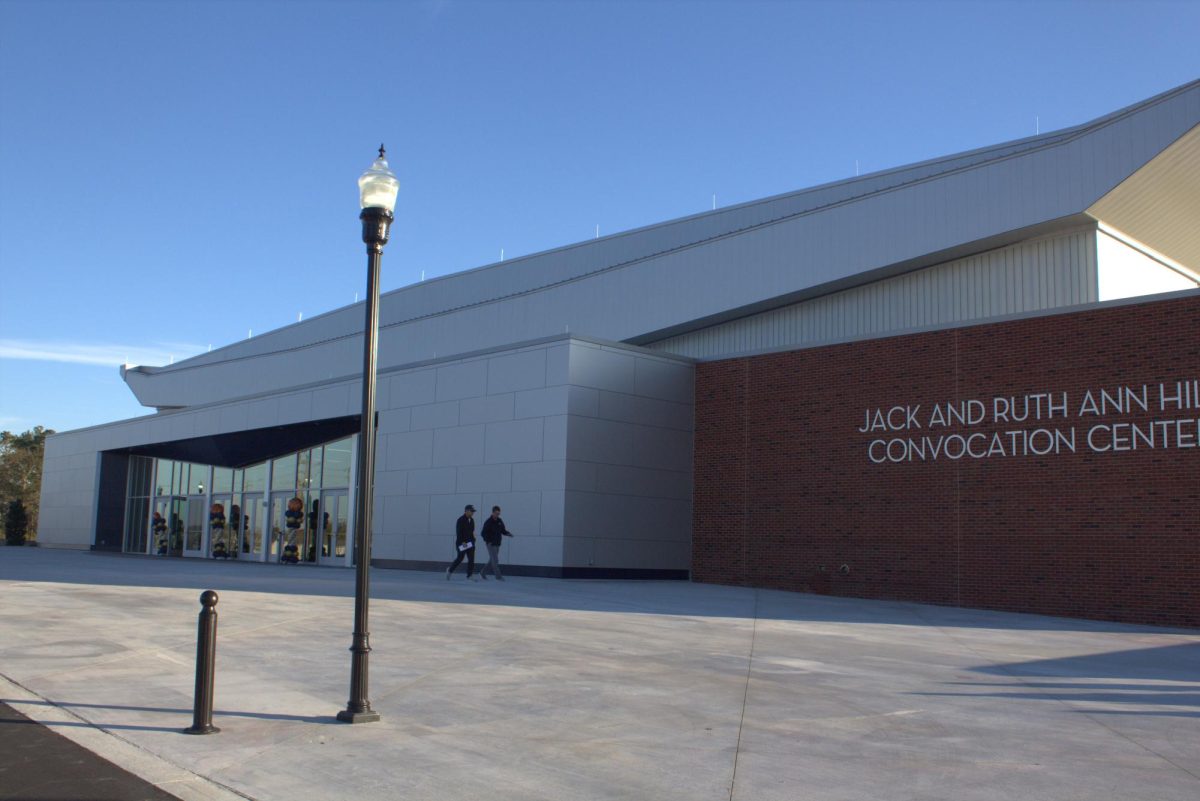Tucked away on campus lies the Botanic Garden at Georgia Southern University. It is not just a sanctuary for native and endangered species of plants, but also a place of education. “Our mission is to connect people to plants and sustainability, and so directly and indirectly, what we do in the garden world connects to every single college degree on this campus,” said Dr. Todd Beasley, Director of the Botanic Garden. “We accomplish our mission through education.”
The Botanic Garden is a community resource that fills the gap where education falls short with science, “We are playing a role in filling that void right now,” he said. “All science is the study of the natural and physical world, but it all begins with having a connection to the outdoors. So anything and everything that scientists do starts with having a connection to the plants in the outdoors and understanding how ecosystems function,” said Dr. Beasley.
According to Dr. Beasley, the Botanic Garden is a living museum. With that, it is prone to evolve. “All gardens have to evolve and show progress, and address trends and patterns in society on how we connect, inspire, and motivate people.”
With the Botanic Garden nearing thirty-eight years old, things have aged and died from natural causes. For instance, Hurricane Helene damaged the south woods at the gardens, “Instead of us being sad and disappointed that it was damaged, we looked at it as an opportunity for a new garden,” said Dr. Beasley.
Preparing for a new garden may take a while. According to Dr. Beasley, “It has to be a very methodical strategic plan, and that takes time. With South Woods, that might take a year to really get a base map going and really think about what plants will go where, and how is it going to look.”
Right now, Botanic Garden staff are renovating their parking lot to add more features. “The design itself took over a month to do, and so now the planting is starting, but since it’s still Winter, we can’t plant our perennials yet, so we have to wait a couple of more weeks,” said Dr. Beasley. “We hope this garden will be done by April 4th and in time for our Members’ Party,”
The Members’ Party is one of the ways the Botanic Garden generates revenue — through memberships, with two parties a year, each falling the night before the general public plant sale. “Our Members’ Party in the Fall is for all members, whereas our Members’ Party [on April 4th] is for the Magnolia Circle level members and above,” said Dr. Beasley. The parties are a way to entice members to support the Botanic Garden by upgrading their membership level. The membership costs start at $125, and they are treated to a dinner and early access to a plant sale.
The Botanic Garden protects some of Georgia’s rarest plants. “The Georgia Plume is a plant that’s only found in small pockets of Bulloch County and surrounding counties and is rapidly disappearing because of habitat loss and propagation of that species is very challenging,” Dr. Beasley said. “We don’t have the numbers right now, but we’re the safeguarders of a small population.”
The Botanic Garden also safeguards an extremely rare conifer called the Torreya, which is found in a very small, isolated area bound during the panhandle of Florida and Georgia. “We’re about to be the safeguards of an extremely rare Baptisia which is the Latin name for False Indigo. Isolated on sand hill locations, and mostly on timber tracts that will be logged, and their habitat will be destroyed,” said Dr. Beasley.
If you are looking for a way to connect with the Botanic Garden, you are in luck. According to Dr. Beasley, the Gardens are in high need of students, “Students can help as ambassadors, or even do simple tasks such as working our admissions,” he said. This is an opportunity for students to be able to learn public speaking and become articulate by talking in a manner that’s confident with the general public.
For more information on the gardens, click here.






